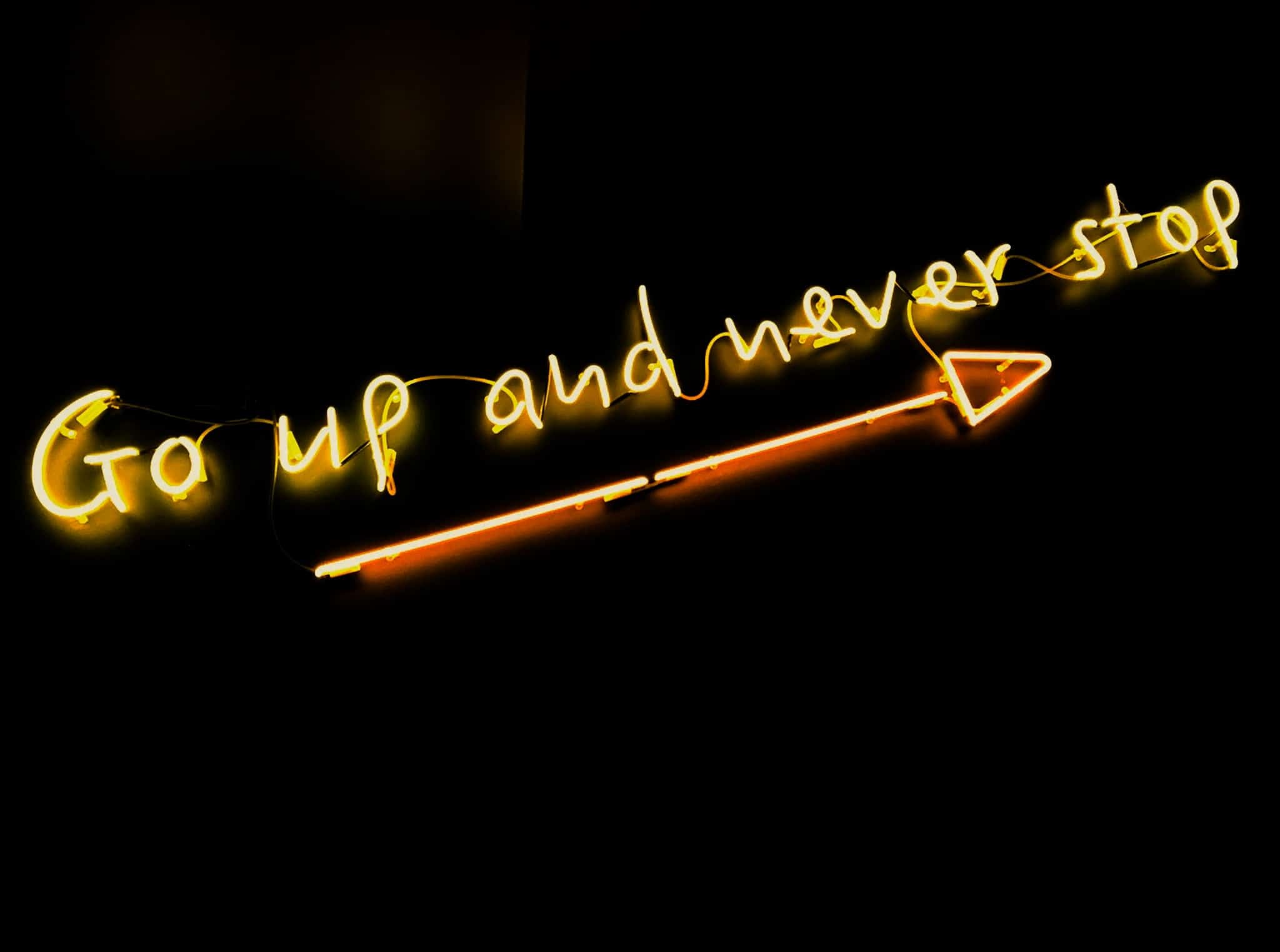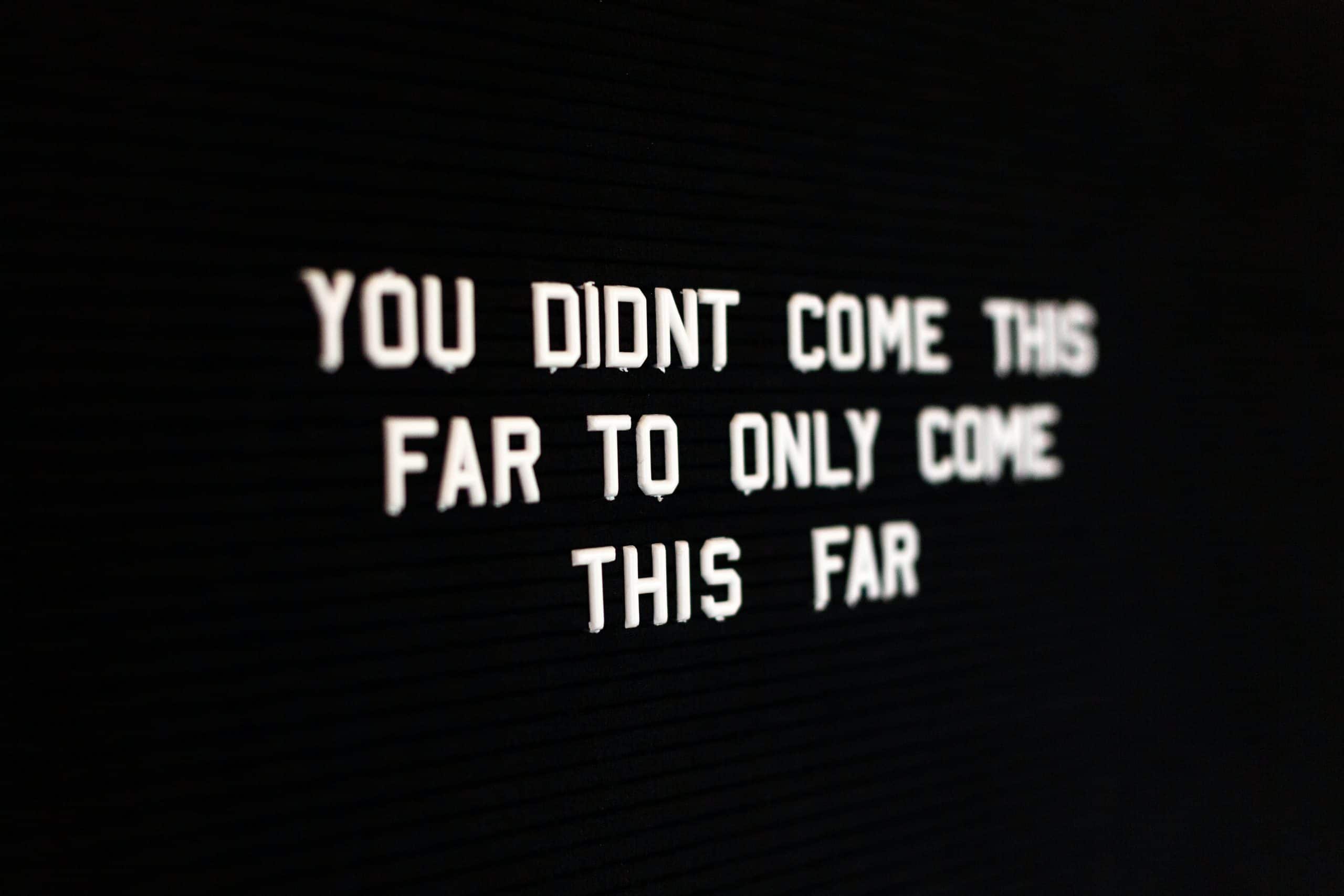Featured on theprintspace blog today is photographer Jahel Guerra who speaks to us about his fantastic project ‘The Whiteout’!
First of all, please introduce yourself!
My name is Jahel Guerra. I’m originally from Venezuela, but moved to the United States 13 years ago where I studied and worked for a bit in advertising. I left the States and spent some time in La Rochelle, France, followed by a couple of years in Barcelona and then Madrid. I’m currently based in East London, where I often work as a freelance photographer. I also have a more regular job in a beautiful garden in Dalston, where I get to document their ever-changing landscape and the community interaction in one of the few nature-oriented spots in the area.



Tell us your story.
When I was a kid, I was curious about cameras and how things looked through our little household point and shoot viewfinder. But I was frightened by photographers and their cameras. I appear crying or with a red face from crying or covering my face in some of my passport photos and other types of official photographs, like kindergarden, graduation and family ceremonies. Later, as a teenager, I became consciously interested in photography and got my first film camera at 17, from my ice cream shop job savings, and a friend of my mum bought me some books and I started learning on my own. I drifted away from it when the advertising life sucked me in, but it didn’t take long until I turned my interest back to it. I finally made a serious commitment when I moved to Madrid, and completed a masters degree in Contemporary Documentary Photography.
What is the concept and inspiration behind the featured work, and how did the project come about?
I spent about a month photographing every day while I stayed in North Iceland, where I was sharing an artist residency with a danish photographer and friend. I didn’t know exactly what shape this was going to take, but I just shot constantly, visited a lot of places, met with locals, and stayed open to situations. And so things evolved and happened.
I ended up making friends with some magical people from the area who took me into their world; for a Venezuelan from a small town in the Caribbean, this became some sort of weird fairytale. I was in a constant state of awe. And then there was this overwhelming nature. The sudden storms I found myself in became a subject of my interest because it resembled a moment in my life. I found comfort in the shifts from silence and stillness to the sudden whiteouts. They became a character I would try to follow and observe, how they would manifest and interact with my other characters. I didn’t even know they were called whiteouts until we were carpooling back to Reykjavik and the driver mentioned how used to driving in whiteouts he is, as we slowly moved through one. I was shocked by learning the name. It resonated so much with my personal reasons to be there. I needed to “whiteout” my mind in a way.
I was also writing constantly and so when I came home, I started to edit and review my notes, and I was able to slowly take away images that didn’t connect me with the feelings I was trying to explore; the need to escape, the feeling of being in your own storm and the possibility of eventually getting out, the dealing with memories, and those emotions that paralyse you but that also take you somewhere new. I think it is a very interesting, yet difficult way to work. It was beautiful to become aware of things my subconscious was leading me to shoot.
What inspires you?
It depends on what stage I’m at. Nature itself is an important element to feel inspired. And then, it could be a certain conversation with a friend or colleague, or a passage in a book or maybe an artist I discover or already follow. I like Miranda July’s style of storytelling in books and films. As for music, nothing moves me more than one of the most influential Venezuelan folk musicians, Simon Diaz; his music connects me with my very core. I also really like garden and plant-orientated magazines like The Plant journal in which I learnt about Gilles Clement, a revolutionary gardener and philosopher full of very inspiring ideas. And of course, I’m often feeding from photography. There’s always new things I find and enjoy, for example a photographer and friend Lita Bosch is working a very hefty book and seeing part of her process and commitment is really dear to me. There’s the big photographers like Alec Soth, Helen Van Meene, Jo Metson Scott, Viviane Sassen who I admire too.


What’s next for you? Have you got any new projects on the horizon?
I want to continue working on travel diaries of internal journeys. I haven’t been to Latin America since 2011, so for me the project I want to do the most may also be the most challenging one. I want to go back to my hometown in Falcon, Venezuela. I grew up during the 80s and 90s in a community inhabited by the oil industry workers, my family included. This was a social and economical bubble filled with privileges, but with the political turmoils this idyllic bubble burst and is now in ruins, along with the abandoned areas and wild nature of the coast. This is the perfect location to photograph and explore my relationship with my younger self, and also as a micro-observation of a major current issue. It is, however, dangerous and with a lot of censorship to overcome, so I need to first get a good backup and funding would certainly help.

